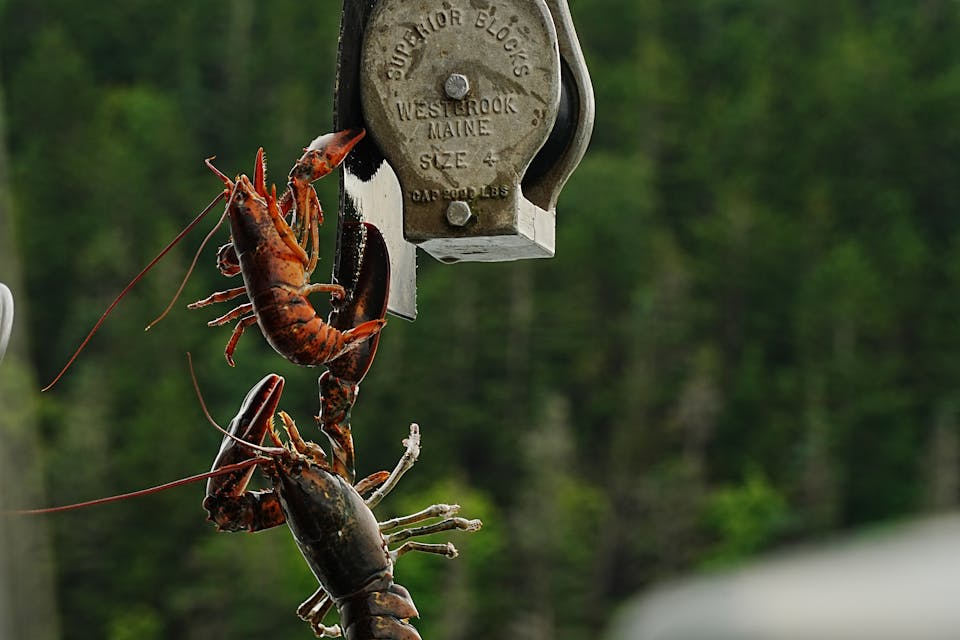Maine’s rugged and rocky coast has shaped the state’s identity for centuries, forming a maritime culture rooted in fishing traditions that define the economy and character of the Pine Tree State. From the iconic and picturesque lighthouses to the rocky shores to the harbors full of lobster boats, Maine’s relationship to the sea runs much deeper than a tourist attraction. Fishing is an essential part of the state’s prosperity. Maine is one of America’s most successful examples of sustainable marine resource management, combining traditional fishing methods with modern conservation science. Understanding Maine’s fishing heritage requires us to examine the makeup of its catches, the economic impact of fishing, and the communities that depend on commercial fishing. These facts about Maine’s fishing and seafood industry paint a picture of Maine’s coastlines.
9 Maine Fishing Facts
1. Maine produces approximately 80% of America’s lobster harvest. (Source)
In 2023, 93.7 million pounds of lobster were caught in Maine. This was worth $380.4 million and represents the backbone of Maine’s maritime economy (and penchant for lobster-themed tourist goods!)
2. Maine’s fishing industry contributes over a billion dollars to the state economy. (Source)
The state’s fishing industry activities include harvesting, processing, and support services. This industry supports thousands of jobs across the state of Maine.
3. Over 5,000 people work as commercial fishermen in Maine. (Source)
These numbers reflect peak season fishing when more people are employed for fishing. There are, however, many people who work at year-round fisheries.
4. Native Americans have harvested fish and shellfish from Maine’s coastal waters for over 4,000 years. (Source)
The archaeological evidence shows that these tribes used sophisticated fishing techniques and seasonal camps that helped them fish out of the ocean, rivers, and bays throughout the state.
5. Maine is the second-largest producer of sea scallops. (Source)
In 2023, 8.2 million pounds of scallops were harvested in Maine, worth $63.4 million, demonstrating that scallops contribute strongly to the economy alongside lobsters.
6. Maine produces over 2.1 million pounds of farmed salmon annually. (Source)
Alongside salmon farming, Maine cultivates oysters, mussels, and clams. These farms represent sustainable seafood production and practices.
7. Maine’s most active commercial fishing ports are in Portland, Rockland, and Stonington. (Source)
The Stonington port is a rustic experience that allows visitors an authentic glimpse at Maine’s long history of fishing. Visitors to Stonington will hear buoy bells and spot lobster traps, and nearby, you may find home-based businesses offering maritime goods sold on the “honor” system.
8. Atlantic mackerel comprises 61% of the state’s fishing catch. (Source)
Maine’s cold northern waters are the ideal conditions for this hardy fish. People appreciate its mild flavor, and it’s an easy catch for beginning anglers.
9. Jacob Knowles is a Maine lobster fisherman turned TikTok star. (Source)
Knowles is a fifth-generation lobsterman from the tiny town of Winter Harbor, Maine. He featured his fishing business on TikTok and now has 5 million followers.
Featured image photo credit: Alexa V. Mato.



